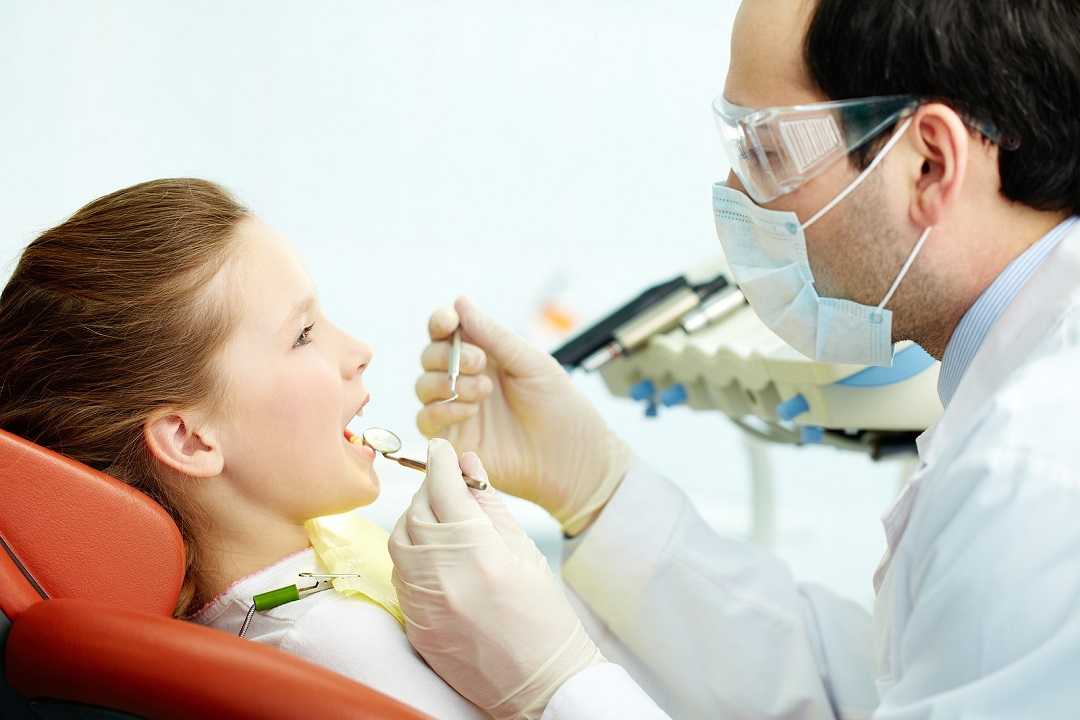When you think of a beautiful smile, you probably think about white, straight teeth. Right?
But gums are just as important!
People with attractive smiles usually have healthy-looking gums. The kind that isn’t red, puffy, or prone to bleeding.
Now, if you’re reading this, you probably want to know why your gums are bleeding and how to stop them.
Generally speaking, the reason your gums bleed is periodontal disease, AKA gum disease.
Healthy gums don’t bleed when flossing or brushing.
But don’t worry:
This guide will give you a quick rundown on everything you need to know about periodontal disease, so you can take control of your oral health and stop your gums from bleeding (or causing more severe complications!).
What is periodontal disease?
Periodontal disease is an infection of your teeth’s support tissues. It’s a prevalent disease, but an entirely preventable one!
Since it’s a progressive disease, its earliest stages may only be noticeable to a trained professional, dentist, or hygienist.
However, if not treated, this disease in its advanced stages causes adult tooth loss and contributes to other severe conditions, including heart disease.
By maintaining the optimal health of your gums, support tissues, and teeth, you should keep your smile for a lifetime.
What’s the leading cause of periodontal disease?
A film develops over your teeth’s surface, which is called plaque and is primarily a layer of bacteria. These bacteria are capable of producing enzymes that irritate the support tissues of the teeth.
These enzymes can ultimately damage the gum tissue, the periodontal ligament, and the bone to your teeth.
If not removed regularly, the plaque can harden into tartar (calculus), which is much more difficult to remove than plaque.
Teeth that aren’t properly cleaned and cared for will have plaque and/or tartar build-up along the gum line.
What are the risk factors of periodontal disease?
Risk factors for periodontal disease are:
It’s also important to note:
Periodontal disease has been associated with an increased risk of other overall diseases, like cardiovascular and diabetes.
How do I know if I have gum disease?
It’s possible to have periodontal disease without any noticeable signs or discomfort.
The most common symptoms are occurring bleeding gums or tender swollen gums.
However, several signs indicate you have some periodontal problem.
You should see a dentist immediately if you have any of the following conditions:
How to prevent periodontal disease
The 3 best ways to prevent periodontal disease are:
If you do all of these, your gums should not bleed.
However, if your gums are currently bleeding, you may need periodontal treatment. More to come on that.
Why is visiting the dentist important?
It’s recommended you see your dentist every 6 months – sometimes more if you have gum disease, are prone to decay, experience dental problems, etc.
During a cleaning, your hygienist will remove plaque and tartar, which is the primary cause of periodontal disease.
During an exam, your dentist will check for the telltale signs of periodontal disease – among many other things, like oral cancer and tooth decay.
Your dentist will check the depth of the sulcus, the shallow crevice between your teeth and gums. A healthy sulcus should be 3 mm or less in depth.
Your dentist will check each tooth on the front and back because some areas are more difficult to clean than others. For example, your back teeth are more difficult to keep clean than the front teeth.
How do you cure periodontal disease?
Treatment of periodontal disease… This text opens a new tab to an artcile on gum disease… depends upon the stage of the disease and its progression.
In the early stages, gum disease is very treatable and even reversible.
Your dentist or dental hygienist can usually clean your teeth to remove any plaque that has accumulated. Your teeth should be relatively normal after this process and eventually stop bleeding (assuming you still brush and floss as mentioned previously).
More advanced gum disease may require scaling and root planing of the teeth to remove plaque and tartar. This process is often referred to as PSRP (periodontal scaling and root planning).
Medications may also be recommended to ensure the level of bacteria doesn’t build up in your mouth.
Antibiotics are also applied directly to treated gums to help kill bacteria that cause the disease.
Today, lasers are used in modern periodontal therapy to gently and quickly kill bacteria, remove scar tissue from periodontal pockets, and seal the affected area as the laser passes through.
Most patients undergo laser treatment without any anesthesia at all. It’s painless!
The laser also promotes the reattachment of the gum tissue to teeth.
In very severe cases, where the gums have receded and the teeth’s roots are exposed, grafts from the roof of your mouth will have to be sutured into place to become new gums. A periodontist specialist usually does this process.
Gum grafting can be avoided if the prevention methods listed above are used regularly.
Next step: Book a dental appointment
Ready to take control of your oral health? Stop your gums from bleeding? Achieve the smile you’ve always wanted?
Book a dental cleaning and exam!
Your dentist will help you outline an oral hygiene plan, including in-office and at-home care, to help you reach your goals.
This content was originally published here.









